Groceries Are Already Expensive — Trump’s Tariff Proposals Could Make Things Worse
Have you noticed your grocery bill creeping up, even when you’re buying the same stuff? You’re not alone. Groceries are already painfully expensive for millions of Americans. And now, with Trump’s tariff proposals making headlines again, things could get worse—much worse.
But what are tariffs, really? How do they work? And why do they end up making things like strawberries and avocados more expensive at your local store?
Let’s unpack all of this in simple, clear terms—because this isn’t just political talk. This hits your pantry, your dinner table, and your bank account.
What Are Tariffs, Anyway?
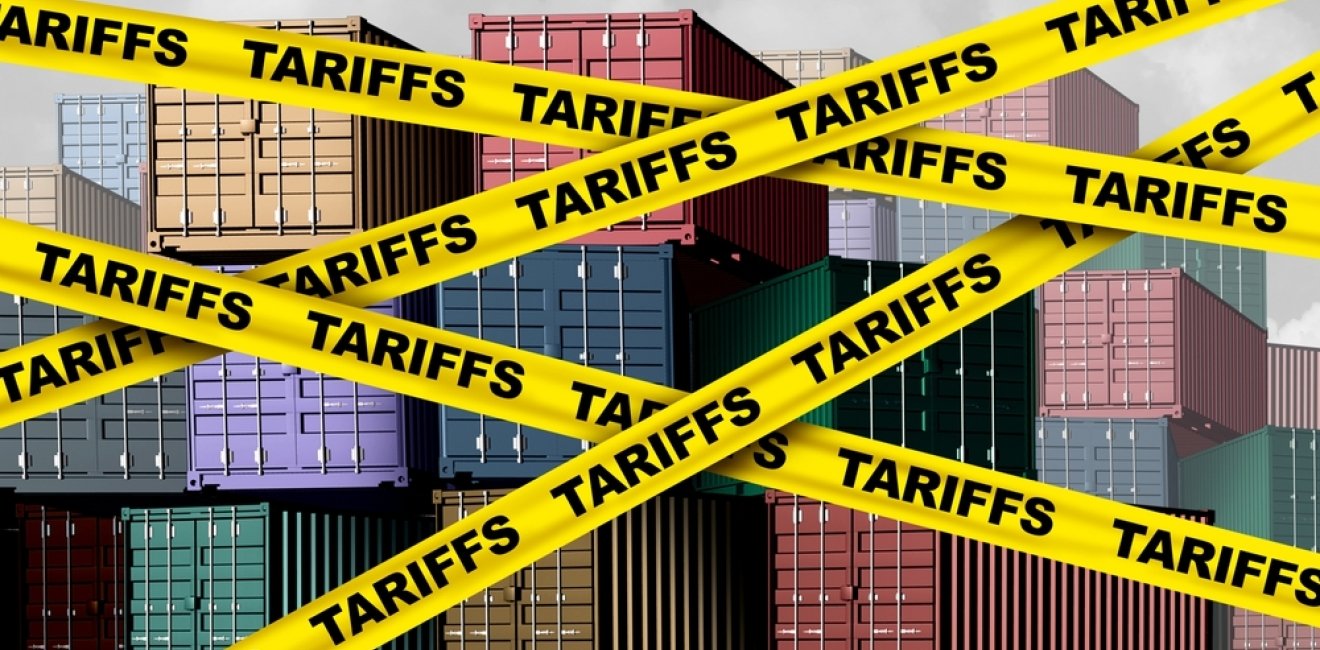
Think of tariffs as a toll fee placed on products coming into the U.S. from other countries. When a company imports goods, like fruit or electronics, they must pay a tax to bring it across the border. That’s a tariff.
The idea? To make foreign goods more expensive so people buy more American-made products instead. But there’s a twist…
Who Really Pays for Tariffs?

Here’s the catch: businesses don’t just eat the cost—they pass it on to you. So, while a foreign tomato may cost the store more, they simply raise the price so they don’t lose money. In the end, you’re footing the bill for that extra tax.
Imagine if Uber raised their driver fees and you noticed your ride now costs $2 more. Same concept. That’s how Trump’s tariff policies translate into higher prices for everyday people.
Trump’s Tariff Plans: What’s on the Table?
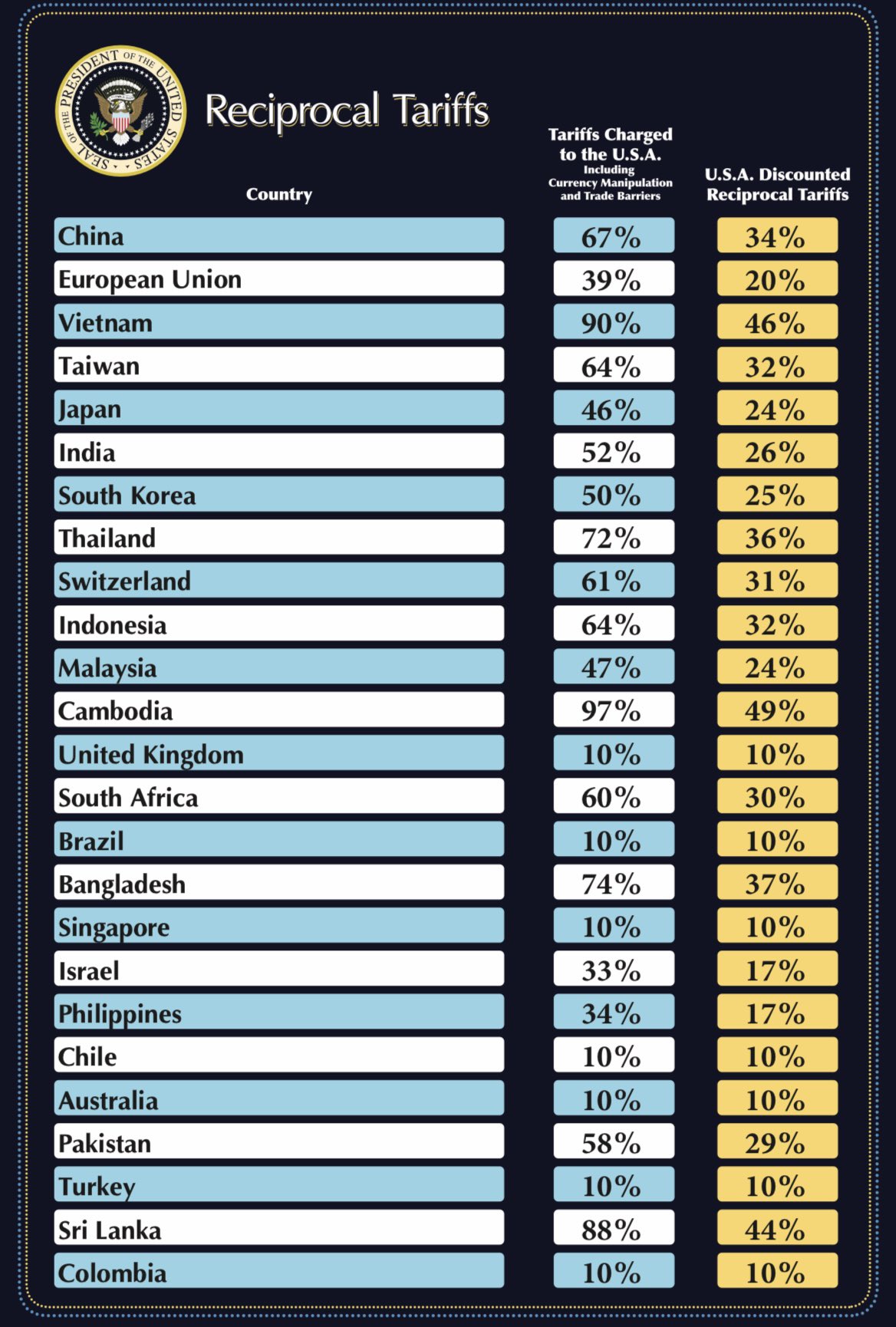
Former President Trump has floated a number of hefty tariffs, including a 25% tariff on imports from Canada and Mexico—two of our biggest trading partners.
That means a quarter more cost slapped onto everything we buy from those neighbors—most of which ends up in your fridge, pantry, or freezer.
Why Canada and Mexico Matter to Your Grocery List
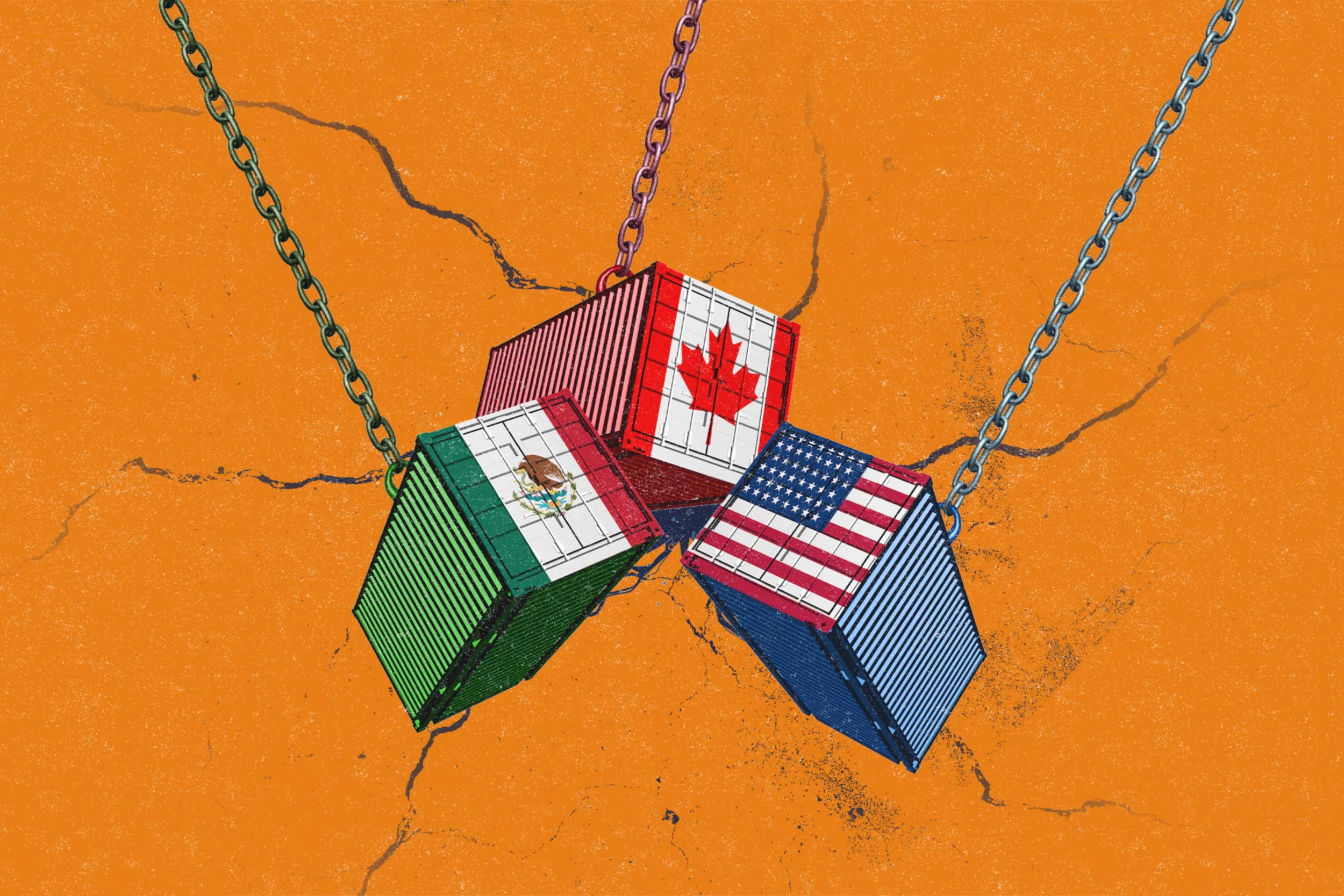
Here’s why it matters: Mexico is the U.S.’s top source for fresh fruits and vegetables. Canada, on the other hand, supplies essential grains, oils, and meat.
Without them, we’d have far fewer food options—and much higher prices. Picture your grocery store without avocados, strawberries, or grain-fed beef. Not ideal, right?
The Fruits and Veggies Most at Risk
.jpg)
Some groceries are more vulnerable than others. Thanks to Trump’s tariff proposals, here’s what you might be paying more for soon:
-
Avocados
-
Strawberries
-
Raspberries
-
Peppers
-
Tomatoes
These are staples for salads, snacks, and school lunches. And they’re about to cost a lot more.
Grain, Meat, and Oils: The Hidden Price Surge

It’s not just the produce section. Canada also exports:
-
Grain
-
Meat
-
Sunflower seeds
-
Canola oil
-
Soybeans
These items go into countless processed foods and everyday meals. Tariffs mean higher costs for everything from bread to burgers.
How Tariffs Trickle Down to the Checkout Aisle

This is where it gets real. Say a grocery chain is now paying 25% more for tomatoes. That cost lands directly on your receipt. Multiply that across dozens of items, and suddenly your weekly grocery run is $20–$30 higher.
Over time, those numbers add up—and your budget takes the hit.
The $1,200 Blow to U.S. Households

According to the Peterson Institute for International Economics (PIIE), Trump’s tariffs could cost the average U.S. household over $1,200 a year.
That’s like losing a month’s worth of groceries—or skipping holiday gifts, or putting off car repairs. Not pocket change.
Low-Income Families Hit the Hardest
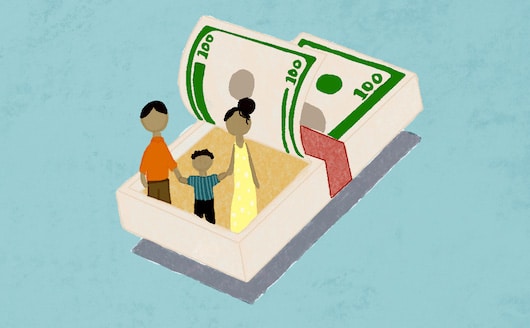
Households in the bottom 60% of income earners are expected to be significantly worse off under these tariff proposals.
When you’re living paycheck to paycheck, even a $5 hike in grocery prices matters. It’s the difference between getting fresh food or turning to cheap, unhealthy options.
Food Insecurity in America: A Growing Crisis
/cdn.vox-cdn.com/uploads/chorus_asset/file/25842139/shutterstock_2222308811.jpg)
In 2023, 13.5% of U.S. households—that’s 18 million families—struggled with food insecurity.
Tariffs will only make it worse. When food prices climb, more families are forced to choose between healthy meals and affordability. It’s a lose-lose situation.
Not Just Groceries—Other Everyday Items Getting Pricier
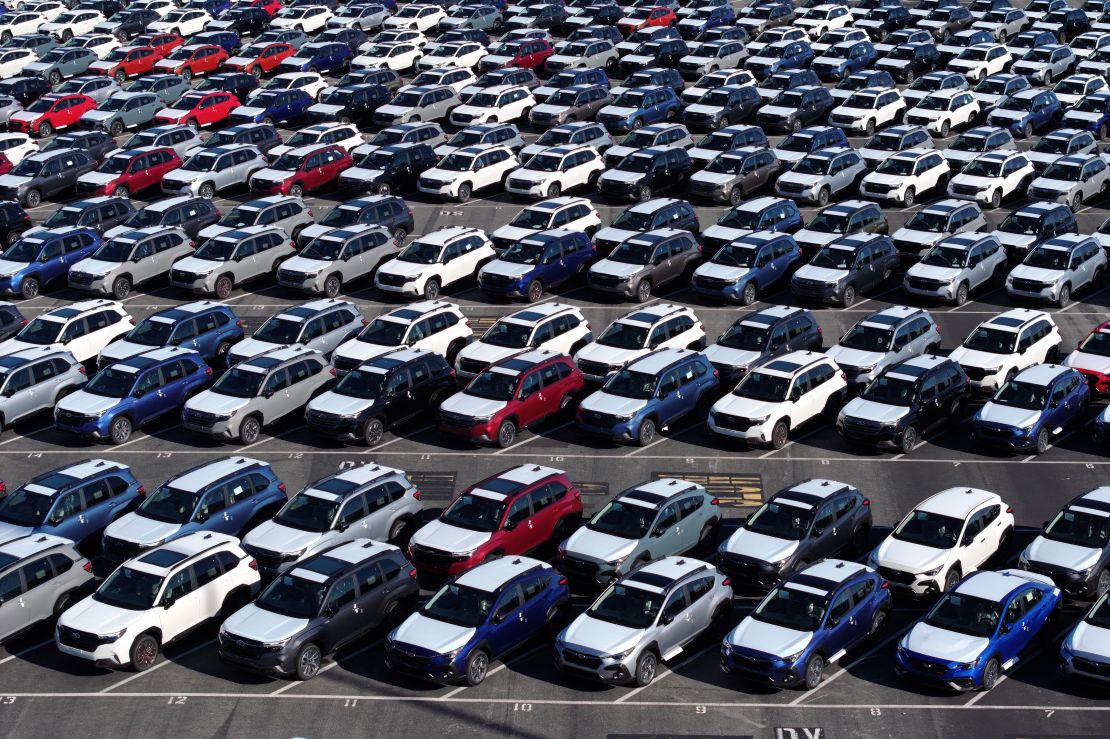
Trump’s tariff proposals go beyond the supermarket. You might also see price hikes on:
-
Electrical devices
-
Vehicles
-
Toys
-
Sporting goods
So that new laptop or bike for your kid? It could cost a lot more under these new trade rules.
The Business Backlash: Why Companies Aren’t Happy Either

It’s not just families who feel the pinch. U.S. businesses also rely on foreign machinery, electronics, and chemicals.
Higher import taxes make running a business more expensive, which leads to—surprise!—even higher prices for you.
Why This Matters Now More Than Ever

Americans are still recovering from pandemic inflation. Prices went up, wages didn’t keep pace, and now tariffs threaten to turn the pressure up again.
For many families, this isn’t just policy—it’s survival.
Is There a Better Way to Protect American Interests?
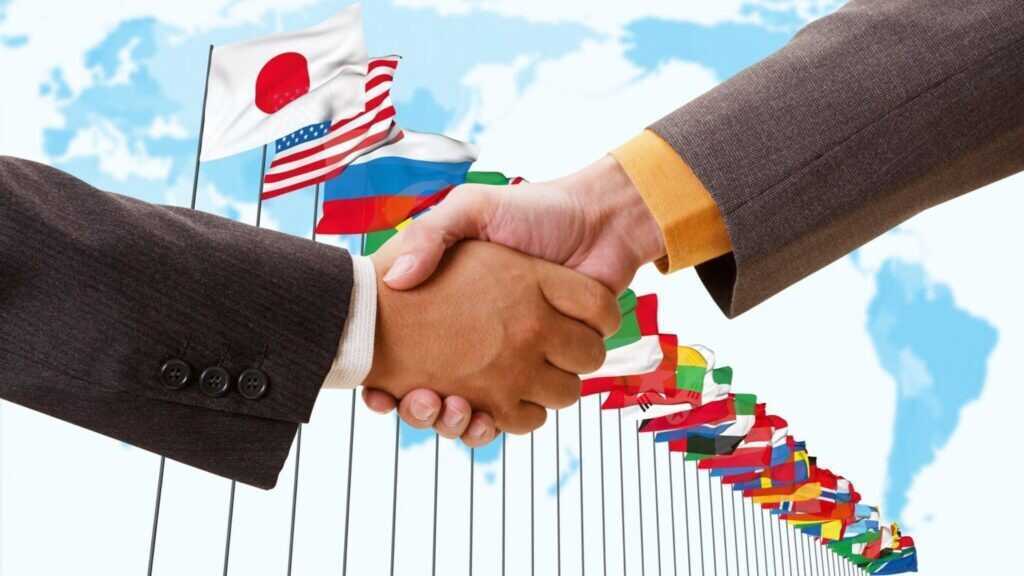
Supporters of tariffs say they protect American jobs. But critics argue there are smarter ways—like negotiating trade deals that encourage local production without punishing consumers.
The question isn’t whether to support America. It’s how to do it without crushing American families in the process.
What Can You Do?

While we can’t personally change tariff laws overnight, we can stay informed, support local farmers, and demand transparency from our leaders.
When politicians propose policies like Trump’s tariff, we need to ask: Who really pays the price?
Spoiler alert—it’s probably you.
